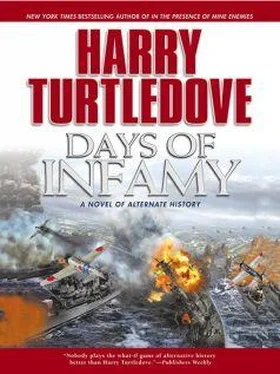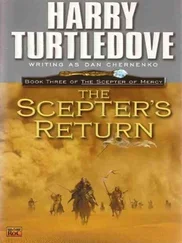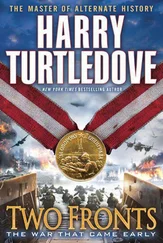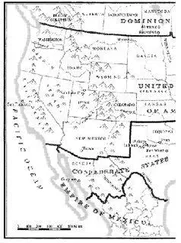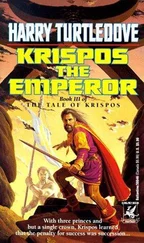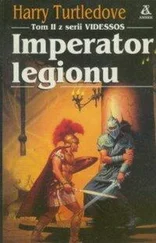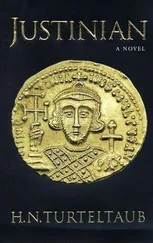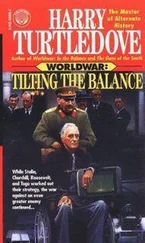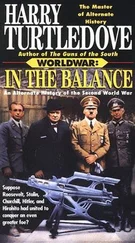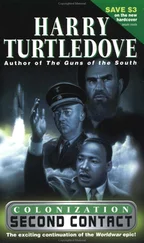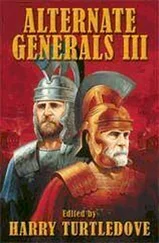The next question was twofold. What could the task force throw at the U.S. ships off to the west? And what were the Americans throwing at them?
COMMANDER MITSUO FUCHIDA counted himself lucky. If his Nakajima B5N1 hadn’t come back to the Akagi to refuel at just the right time, he wouldn’t have been able to join in the search for the newly suspected American ships. The Japanese air commander shook his head. Somewhere off to the west, there were American ships; they weren’t just suspected. That float plane hadn’t come from nowhere. How many ships and of what sort remained to be seen, but they were there.
As soon as the deck officer gave him the signal, he gunned the bomber toward the Akagi ’s bow. There was, as usual, that sickening dip when the bomber went off the flight deck, that moment of wondering whether it would splash into the sea instead of rising. But rise it did. Fuchida took it up to join the rest of the scratch attack force Admiral Nagumo and Commander Genda were throwing together.
B5N1s loaded with bombs, B5N2s with torpedoes slung beneath their fuselages, Aichi dive bombers, and Zeros to shepherd them along all mustered together. Fuchida was glad the Zeros had longer range than most fighters; they’d probably be able to protect the attack aircraft all the way to the target. If the American plane had found the Japanese fleet, surely the Japanese would be able to return the favor.
Fuchida waited impatiently for planes to fly off the six Japanese carriers and join the attacking force. He was never one to like loitering-he wanted to go out there and hit the enemy. And the Americans would not be idle. If one or more of their carriers was with that force, they would have launched as soon as they got word their scout had located the fleet that was punishing Oahu.
After half an hour, he radioed, “I am commencing the search,” and flew off to the west with the planes already in the air. A timely attack with fewer aircraft was better than a great swarm that came too late. Somewhere north and west of Kauai, the enemy waited.
Forty-five minutes went by. Then one of the pilots with him exclaimed, “Airplanes! Airplanes almost dead ahead!”
Almost dead ahead they were: a little north of the course on which the Japanese were flying. As they got nearer, Fuchida saw they were about the same sort of force as the one he led: torpedo planes and dive bombers with fighters flying cover. Those fat, stubby fighters weren’t Wildcats. They had to be Brewster Buffaloes, the U.S. Navy’s other carrier-based fighter planes.
Wildcats had proved themselves no match for Zeros. What about Buffaloes? We’ll find out, Fuchida thought. “Odd-numbered Zeros, attack the U.S. planes,” he ordered. “Even-numbered Zeros, stay with our force.” As nine or ten Zeros peeled off, the sun shone brightly on the Rising Suns on their wings and fuselages. Some of the stumpy Buffaloes turned to meet them. Fuchida sent a message back to the task force: “From size of enemy force, estimate it comes from one carrier. Repeat, from one carrier.”
American fighters began tumbling in flames. The Buffaloes couldn’t climb and dive with the Zeros. They couldn’t turn as tightly, either. Fuchida smiled. He knew white men thought Japan built junk. But whose planes survived and whose spun helplessly toward the Pacific? Junk, was it?
Then the Zeros were in among the American attack aircraft. The U.S. torpedo bombers were simply sitting ducks: too slow to run away and too poorly armed to fight back. His own B5N2s far outdid them. Zeros hacked down several in swift succession. The dive bombers were better at both evading and defending themselves. Fuchida couldn’t fault the American pilots’ courage. He’d seen that from the beginning. But courage went only so far. Without skill and an adequate airplane under you, courage was only likely to get you killed.
A handful of the Brewster Buffaloes tried to come after the Japanese bombers and torpedo planes. Again, the covering Zeros had no trouble driving them off or shooting them down, though they did damage one Aichi dive bomber enough to make it turn back.
Commander Fuchida swung his planes a few degrees north of their previous course. He also ordered them to spread out more widely, to give themselves the best chance of finding the American ships. They droned on. Somewhere out here, in this vast ocean…
FROM THE AKAGI ’S bridge, Commander Minoru Genda swept the western sky with field glasses. Fuchida’s planes had crossed paths with the American attack force about forty-five minutes after flying west. That had been about forty-five minutes before, which meant the Americans should find the Japanese task force… now, more or less.
Beside Genda, Admiral Nagumo looked thoroughly grim-but then, Nagumo usually looked that way. “This could prove very expensive,” he said.
Genda shrugged. “Yes, sir,” he said; he couldn’t openly disagree with his superior. But he went on, “We are as ready for the attack as we can be. We have fighters overhead. All the antiaircraft guns are manned. The ships are tightly buttoned up. We can give a good account of ourselves. We have been very lucky so far. When we war-gamed this attack, we thought we might well lose a couple of carriers. As long as Operation Hawaii succeeds, it will be worth it.”
The twin lines between Nagumo’s eyes got deeper. “Easy for you to speak so lightly of losses, Commander. This is not your task force.” Genda looked down at his shoes for a moment, accepting the rebuke.
A yeoman rushed onto the bridge. “Destroyer Tanikaze and combat air patrol report enemy aircraft in sight!” he exclaimed.
Tanikaze, right now, was the westernmost of the destroyers screening the task force. She would have sent the signal by blinker unless her captain disobeyed orders. The planes had to use radio. Could the Americans pick them up?
Too late to worry about it now-no sooner had the yeoman spoken than black puffs of antiaircraft fire started filling the western sky. “Now the Anglo-Saxons will see what we can do,” Genda said.
“ Hai.” Chuichi Nagumo nodded heavily. “And we will also see what they can do.”
“So far, they haven’t done much. We can stop them,” Genda said confidently.
The first glimpse he got of American planes was of the smoke and fire trailing from one as it splashed into the Pacific. All at once, the Akagi started maneuvering like a destroyer, to make herself as difficult a target as she could. The deck beneath Genda’s feet thrummed as the big ship’s engines went up to full power.
Akagi ’s antiaircraft guns started firing. Genda couldn’t see what they were shooting at, but their crews had a much broader view of the action than he did. He hoped they shot well.
All five other carriers were dodging, too, as were the supporting ships in the task force. As far as Genda was concerned, the Americans were welcome to go after destroyers or cruisers or even the two battleships that had sailed from Hitokappu Bay. In the new calculus of naval warfare, carriers were all that mattered.
Bombs splashed down around one of those carriers-Genda thought it was the Kaga, but he wasn’t sure. Then, amidst the tall columns of white water the near misses threw up, he saw a swelling cloud of black smoke. The ship was hit, how badly he had no way to guess. A dive bomber streaked off toward the west, a Zero hot on its tail. That was an uneven contest. The dive bomber did a flat roll and splashed into the sea. But its crew had hurt their foes before falling. Commander Genda nodded a salute to brave men.
Somebody on the bridge screamed, “Torpedo plane!” and pointed to starboard. Automatically, Genda’s head whipped that way. The U.S. aircraft was plainly on its attack run, zooming straight toward the Akagi. Antiaircraft fire converged on it. A Zero dove towards it. Its pilot ignored all distractions. He needed to be perfectly aligned to drop his torpedo, and perfectly aligned he was.
Читать дальше
